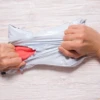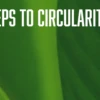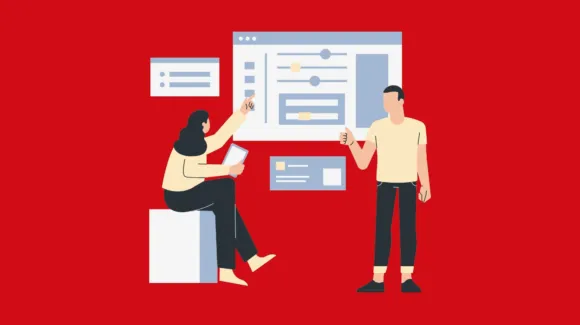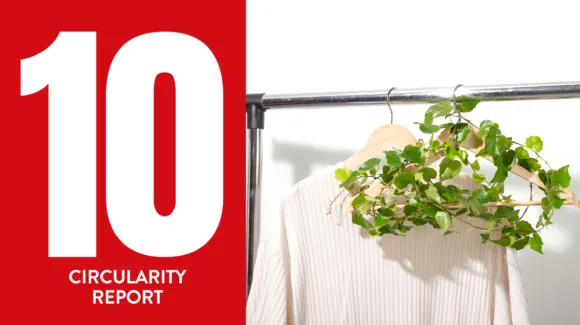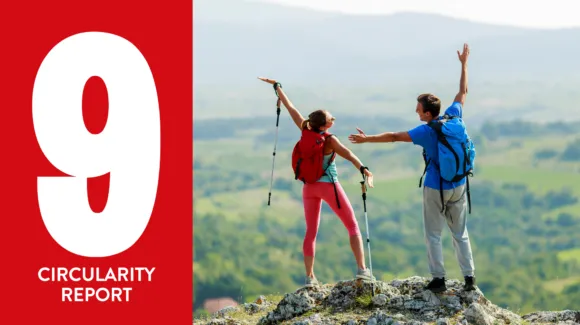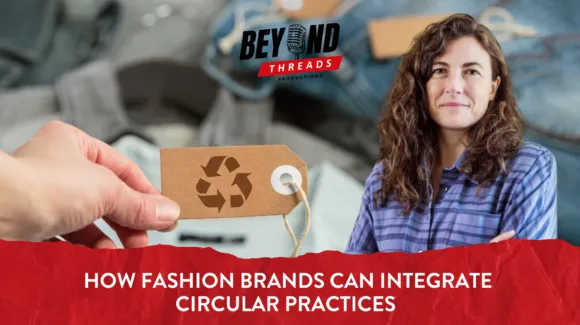In our blog post Steps to Circularity, we outlined five steps that a company can use as a guide to incorporate Circularity into their business. We will follow up with a deeper dive into each of the steps with the hope that your company adopts them.
Part 4 - Take Action:
Have faith that the investment in the previous steps will ensure that you and your company will be prepared to do the work in shifting the business. To break it down further we have divided this step into three core areas.
- Design for Longevity
- Integrate Circular Business Modules
- Closed Loop Production
Integrate Circular Business Models
The second principle of Circularity is to keep products and materials in use. Use is further clarified through a hierarchy of this principle. Focus on the product itself, then its components, and finally its materials. To do this, we look at the business model to deliver this. This means shifting from selling a product once to other revenue streams and ways of engaging with your customers. We dive into these Circular Business shifts below.
Rental or Leasing are common in other industries for items that are trying to maximize the most use of an item. If you are a brand that designs a product that is used for special occasions, be it a fancy party, or something seasonal like a Snowboarding jacket, the structure of rental could serve your company. More wears per item, increases the opportunity engagements for revenue, while also maximizing the environmental impact. Some brands manage and operate their own rental programs, others partner with rental marketplaces.
Another form of leasing is through a Subscription model, where instead of owning your clothes, the customer has access to a larger closet of clothing owned by the brand. The customer can select items they want to use for a period of time and pay a monthly subscription for the access. For customers who like to change up their wardrobes, this enables access without ownership.
Brands can manage a program like this themselves or they can partner with a company that manages subscriptions for multiple brands.
While there is concern that the impact of the shipping and the laundering of these rental and leasing models could have an increased impact, it can be offset by the decrease in the production of clothing in general.
The other path brands are using to extend the life of their products is through Resale. Much like the car and electronics industry, both new and used products are sold by the brand. When a brand owns their resale, they can guarantee a certain quality and performance level of their items on the second or third sale.
To capture the benefit of Rental, Subscription, or Resale the investment in the product from the beginning is critical. These ideas are outlined in more detail in our previous blog post, but designing for durability and adding a digital ID ensure an economic and efficient resale strategy.
When designing a Circular business, a brand must think about the operations and logistics to enable these new services. For example, a brand should plan for how they will Take-Back their items from customers so that they can be responsibly handled. Brands can offer incentives to customers to take items back and collect them in stores, with retail partners, or online.
Trade-in items within Circular are desirable for a brand, either products that feed into a resale program or if too damaged can be sent along to a recycler if the product was designed for textile recycling.
Finally, no Circular Business model can exist without the Customer. And within Circular it is about building a different and deeper relationship with your customer. In Circular, customers will be engaged not just to buy, but to learn about the benefits of a circular fashion model. Brands can educate them about care and repair guidelines, promoting the longevity of products. Encourage the take-back process and how to engage in resale or even recycling.
Circular Businesses have a lot more opportunities to leverage not only the resources of the garments themselves but also the relationships with your supply chain and logistics partners as well as your customers.

